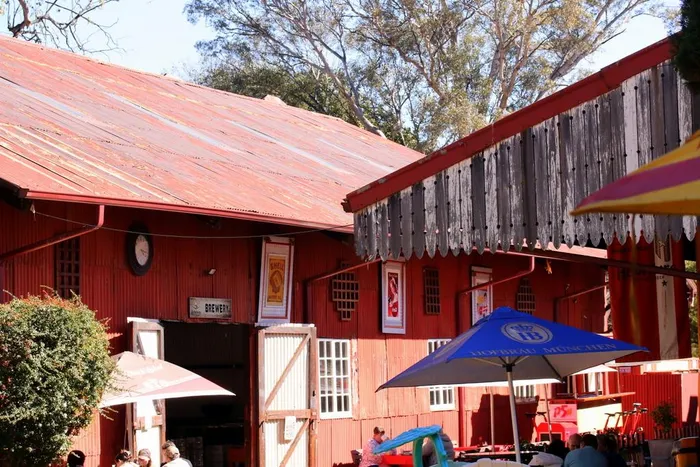Small businesses brace for Trump tariffs, rising costs and funding hurdles

SMEs continue to face day-to-day cost pressures such as fuel prices and lack of access to funding
Image: Nicola Mawson } IOL
South African small and medium-sized enterprises (SMEs) are facing mounting pressure from global and local headwinds, including looming US tariffs, rising fuel and electricity prices, and uneven access to funding.
As of 1 August, a 30% import tariff on all South African exports to the US will come into effect, a move that could particularly impact SME exporters. Although only about 8% of South African exports go to the US – largely minerals and metals, which may be exempt – key sectors like citrus farming and automotive manufacturing are at risk, said Izak Odendaal, Investment Strategist at Old Mutual Wealth.
“This is bad news for many South African SMEs who currently export to the US, particularly those involved in the agricultural, automotive, and mining sectors,” said Miguel da Silva, Group Executive of Business Banking at TymeBank. “The tariff increases will also have repercussions for the broader economy, with commentators saying the move could lead to thousands of job losses across the affected sectors.”
The tariff order, signed by US President Donald Trump on July 7, follows a suspension of his April 2 “Liberation Day” tariffs, which he placed on pause following an extremely negative market reaction in America. “The only difference seems to be rounding, so that South Africa gets 30% instead of 34%,” said Odendaal of the new tariffs when compared to the April announcement.
While some nations have reached limited agreements with the US, uncertainty remains. “Trade deals normally take years to finalise and are incredibly detailed,” said Odendaal. He added that the South African government is still negotiating for concessions.
“South African orange farmers compete with other southern hemisphere growers, notably Chile and Peru. For the time being, they face a 10% tariff, giving them an advantage,” said Odendaal. He adds that vehicle exports to the US have already declined, which could prompt parent companies to scale back local operations.
In response, President Cyril Ramaphosa has called on companies to diversify export markets. Some SMEs are already exploring alternatives. “The BRICS+ bloc also presents an opportunity for local exporters to tap into major markets,” said Da Silva. “Already, China has announced a decision to eliminate all tariffs on imports from the 53 African countries, including South Africa, which is welcome news for SMEs looking for new markets.”
But while market diversification may help in the long term, SMEs continue to face day-to-day cost pressures. “The US tariff blow comes at a time when South African SMEs are already facing margin squeeze because of additional cost pressures from energy price hikes and fuel price increases,” said Da Silva.
GDP growth remains modest at 0.1% year-on-year in the first quarter, with market commentators closely watching upcoming second quarter data. The next South African Reserve Bank Monetary Policy Committee meeting is on July 31.
“We hope the South African Reserve Bank decides to put growth above inflation control this time,” said Da Silva. “In principle, lower interest rates mean more disposable income for consumers, which should ultimately result in increased spending and demand for goods and services from SMEs,” he added.
On the funding front, Da Silva sees positive momentum. “There’s an expectation of increased collaboration between private sector, government, and financial institutions to foster funding and investment opportunities for SMEs.” While access to funding is expected to improve, it may still be a challenge for some SMEs, especially those with lower turnover or limited track records, he noted.
IOL
Related Topics: